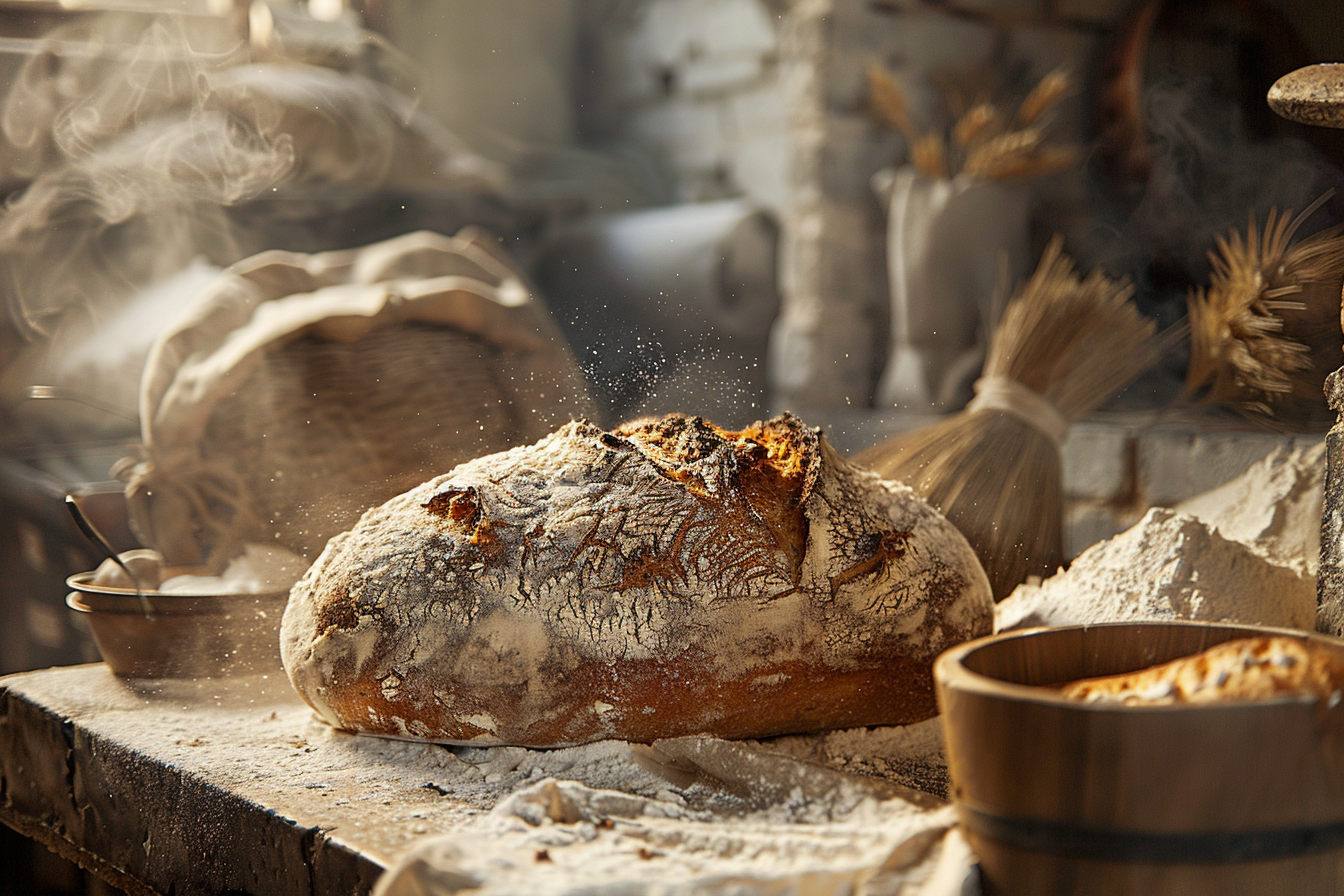Sourdough baking is as much an art as it is a science, and your environment plays a crucial role in the success of your bread. Temperature, humidity, and altitude can all influence fermentation, proofing, and baking. Learning how to adapt your sourdough process to different climates ensures consistent, delicious results, no matter where you bake.
In this guide, we’ll explore the challenges posed by different climates and share practical tips to adjust your sourdough techniques for success.
1. Understanding the Role of Climate in Sourdough Baking
Your local climate affects the speed of fermentation, hydration levels, and even the final texture of your bread. Here’s how:
- Temperature: Warmer climates accelerate fermentation, while cooler climates slow it down.
- Humidity: High humidity affects dough hydration and crust development, while low humidity can lead to dry dough.
- Altitude: High-altitude environments require adjustments to fermentation time and baking temperature.
2. Adapting to Warm Climates
Challenges:
- Fermentation happens too quickly, leading to overproofed dough.
- Dough becomes sticky and harder to handle.
Solutions:
- Use Cooler Water
- Mix your dough with cold or ice water to slow down fermentation.
- Shorten Fermentation Time
- Monitor your dough closely and reduce bulk fermentation and proofing times.
- Refrigerate Your Dough
- Use a cold fermentation method by placing the dough in the refrigerator during bulk fermentation or final proofing.
- Work Quickly
- Shape and handle your dough efficiently to prevent it from becoming overly sticky.
- Choose Low-Hydration Recipes
- Opt for recipes with lower hydration (65–70%) for easier handling in humid conditions.
3. Adapting to Cold Climates
Challenges:
- Fermentation slows down, leading to dense or underproofed bread.
- Dough may feel stiff and lack elasticity.
Solutions:
- Use Warmer Water
- Mix your dough with lukewarm water (around 80–90°F / 27–32°C) to speed up fermentation.
- Increase Fermentation Time
- Allow longer bulk fermentation and proofing times to ensure the dough develops fully.
- Create a Warm Proofing Environment
- Place the dough in a warm spot, such as near a radiator or in an oven with the light on.
- Use a proofing box if available.
- Choose High-Protein Flour
- Strong flours with higher protein content help create elasticity in colder conditions.
4. Adapting to Humid Climates
Challenges:
- Dough absorbs excess moisture, leading to overly sticky textures.
- The crust may soften after baking due to high air humidity.
Solutions:
- Use Less Water
- Reduce the dough’s hydration slightly to account for the additional moisture in the air.
- Use Rice Flour for Dusting
- Rice flour is less absorbent than wheat flour, making it ideal for dusting sticky surfaces.
- Bake Longer for a Crisp Crust
- Extend the baking time by 5–10 minutes to ensure the crust fully sets.
- Store Bread Properly
- Allow the bread to cool completely before storing it in a breathable linen bag to maintain the crust’s texture.
5. Adapting to Dry Climates
Challenges:
- Dough loses moisture quickly, resulting in dry or cracked dough.
- Bread stales faster due to low humidity.
Solutions:
- Increase Hydration
- Add slightly more water to the dough to compensate for moisture loss.
- Cover the Dough
- Use damp kitchen towels or plastic wrap to prevent the surface from drying out during fermentation and proofing.
- Add Steam During Baking
- Generate more steam in the oven to create a moist environment for the bread to rise.
- Store Bread Immediately
- Wrap the loaf in a clean towel or store it in a bread box to retain moisture after cooling.
6. Adapting to High Altitudes
Challenges:
- Low air pressure causes dough to rise too quickly, leading to weak structure.
- Baking times may need adjustment due to reduced boiling point of water.
Solutions:
- Reduce Yeast or Starter
- Use slightly less sourdough starter or yeast to slow fermentation.
- Increase Hydration
- Add more water to account for faster evaporation at high altitudes.
- Bake at Higher Temperatures
- Increase oven temperature by 25°F (10–15°C) to ensure proper browning and internal baking.
- Knead Longer
- Develop the dough’s gluten structure more thoroughly to compensate for faster rising.
7. General Tips for Baking in Any Climate
- Track and Adjust
- Keep a journal of your sourdough bakes to track how your dough responds to your environment. Adjust hydration, fermentation time, and temperature accordingly.
- Learn from Seasonal Changes
- Be prepared to modify your techniques as seasons shift, especially in regions with significant climate variations.
- Use Visual and Tactile Cues
- Observe the dough’s appearance and texture rather than relying solely on timing.
- Invest in Tools
- A digital thermometer, hygrometer, and proofing box can help you monitor and control your baking environment.
Sourdough baking is a dynamic process that requires adaptability, especially when baking in varying climates. By understanding how temperature, humidity, and altitude affect your dough, you can make informed adjustments to ensure consistently great results.
Whether you’re baking in the heat of summer, the chill of winter, or the challenges of high altitudes, these tips will help you master sourdough in any environment. Embrace the process, learn from each bake, and enjoy the rewards of beautifully crafted bread. Happy baking!


